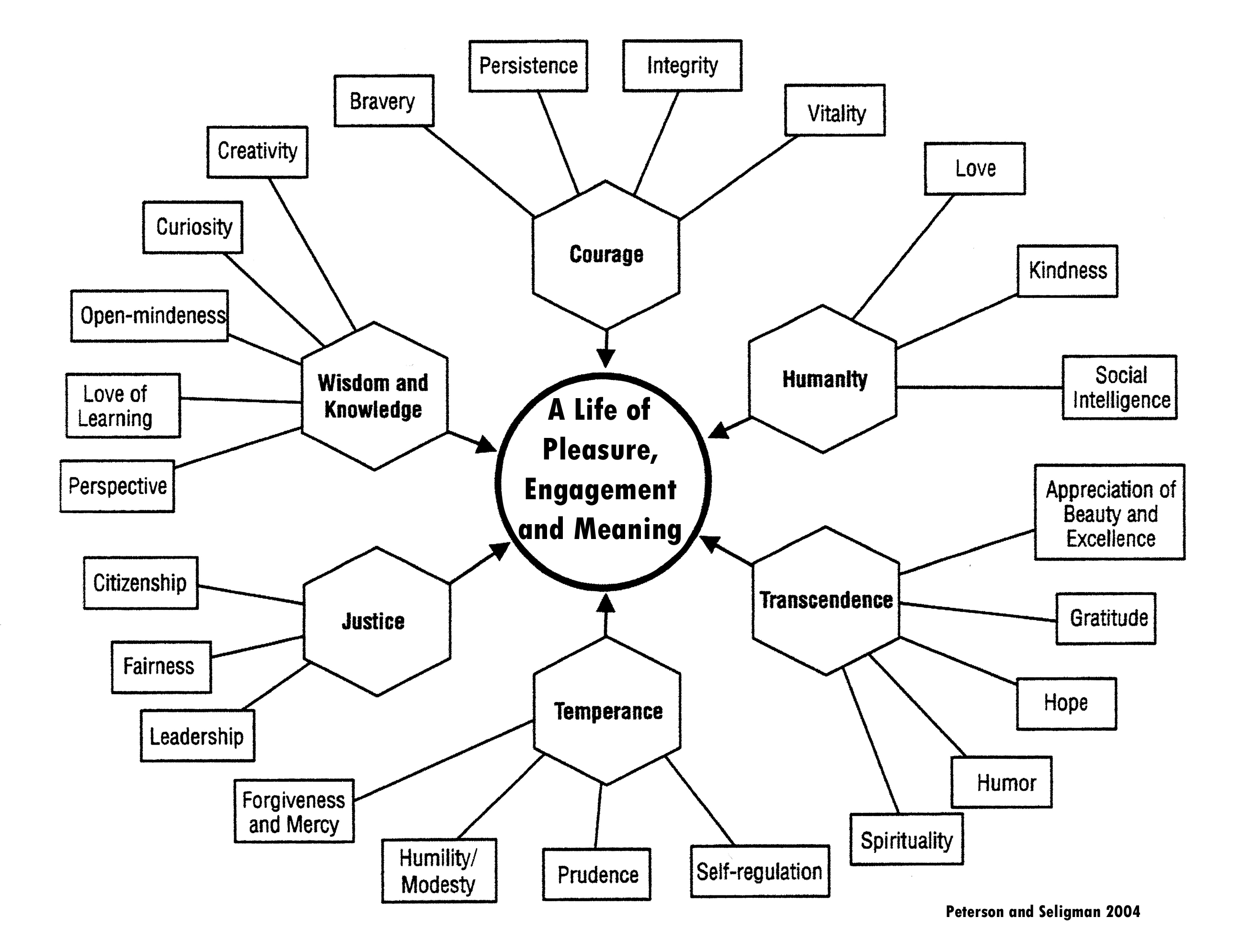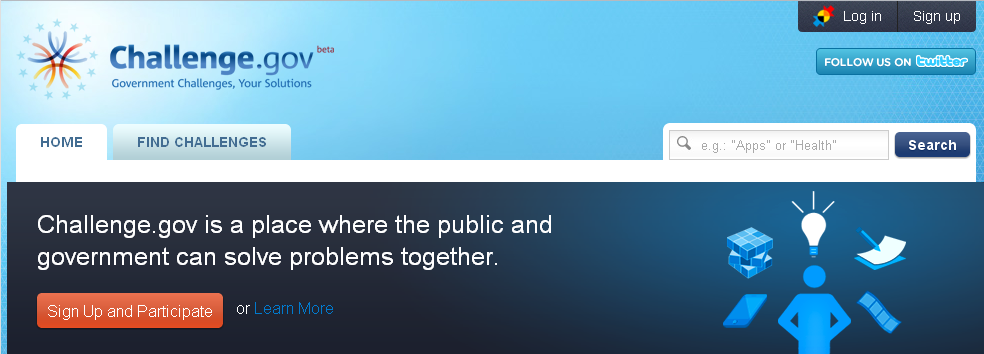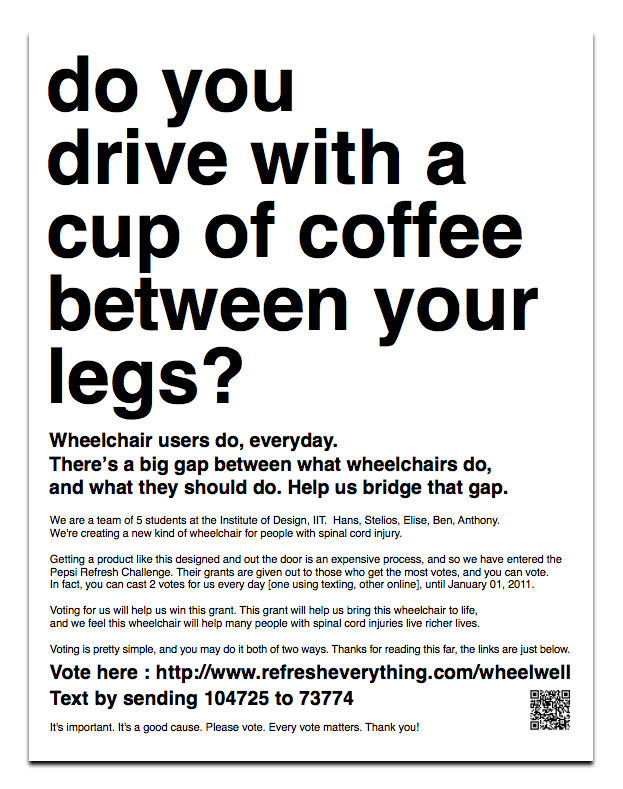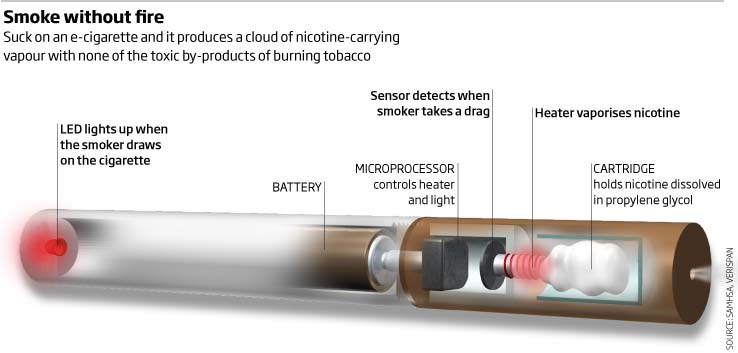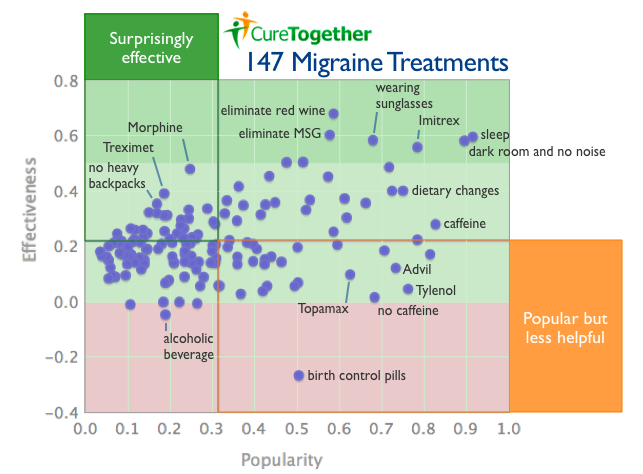Change Cultures One Small Behavior at a Time
Tuesday, January 25th, 2011 In my leadership class at Northwestern we examine the latest thinking on how to leverage and manage corporate culture. One stream of thought that works extremely well in practice is to focus on small but key behaviors first. Indeed, the idea is not to try and change culture at all but design experiences where people see, try, hear stories about or receive rewards for new behaviors. If the new behaviors are cleverly linked to powerful outcomes then they will lead to a cascade of change, new mental models, attitudes and culture. The key is to uncover these vital behaviors and use cognitive design to create experiences around them that move hearts and minds.
In my leadership class at Northwestern we examine the latest thinking on how to leverage and manage corporate culture. One stream of thought that works extremely well in practice is to focus on small but key behaviors first. Indeed, the idea is not to try and change culture at all but design experiences where people see, try, hear stories about or receive rewards for new behaviors. If the new behaviors are cleverly linked to powerful outcomes then they will lead to a cascade of change, new mental models, attitudes and culture. The key is to uncover these vital behaviors and use cognitive design to create experiences around them that move hearts and minds.
A new article in Strategy+Business, Stop Blaming Culture, provides an excellent overview of the theoretical foundation behind this approach. The authors emphasize:
“… if you are seeking more accountability (for example), identify the types of ongoing behavior that embody that value. You might have to be specific: “I expect you to read, record, and respond to every customer complaint — and I will reward or penalize you accordingly.”
Being specific and behavioral is the key – read, record, respond to every… no ambiguity in that. Habituating such behaviors leads to more interaction and empathy with the customer, new ways of dealing with or avoiding customer complaints, up-selling, improved retention and so on. Over time, the new behaviors will generate a new culture if they are tied to key drivers of value in your business system.
What to change a culture? Find small new behaviors that drive big changes in value and design experiences that make it natural, fun, exciting and rewarding to try them out.

